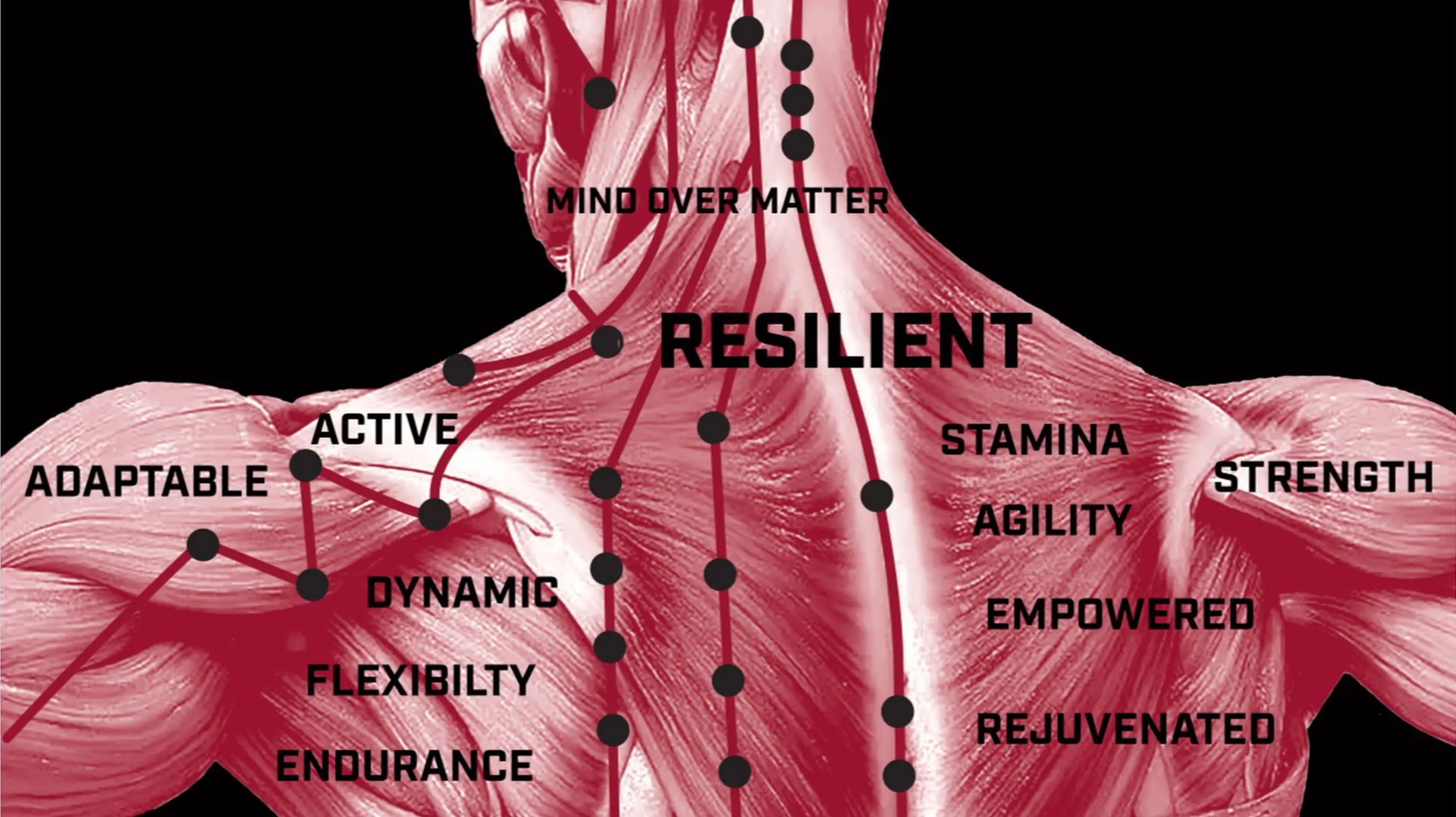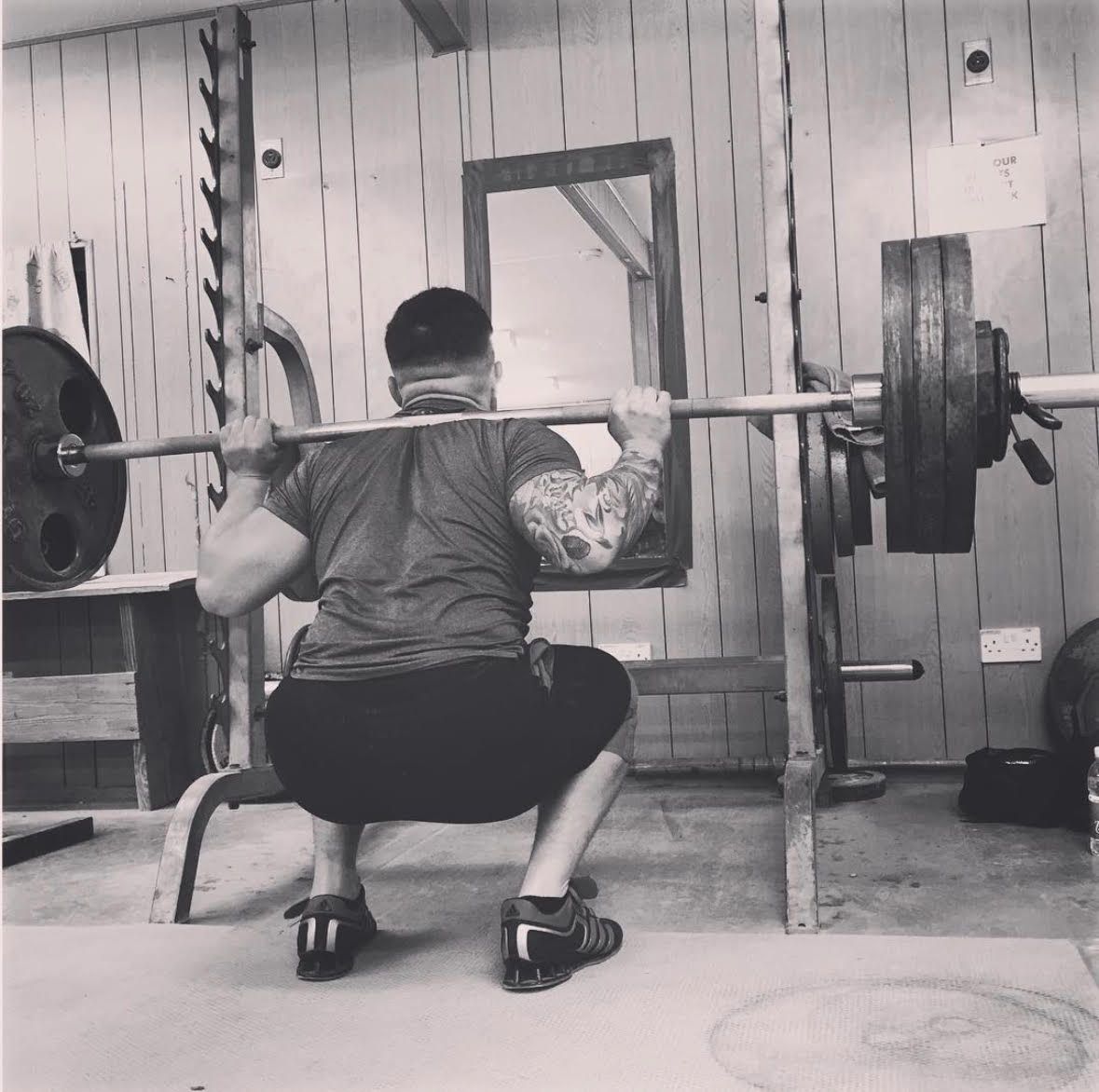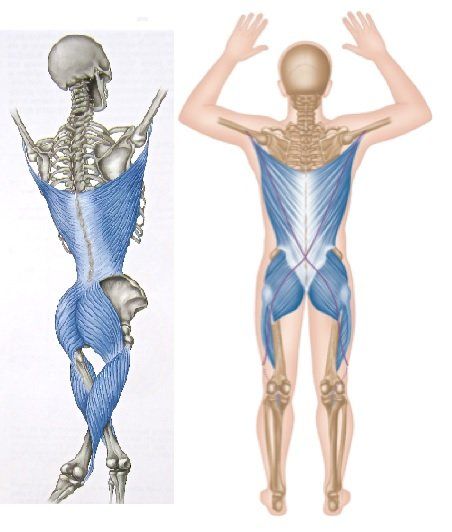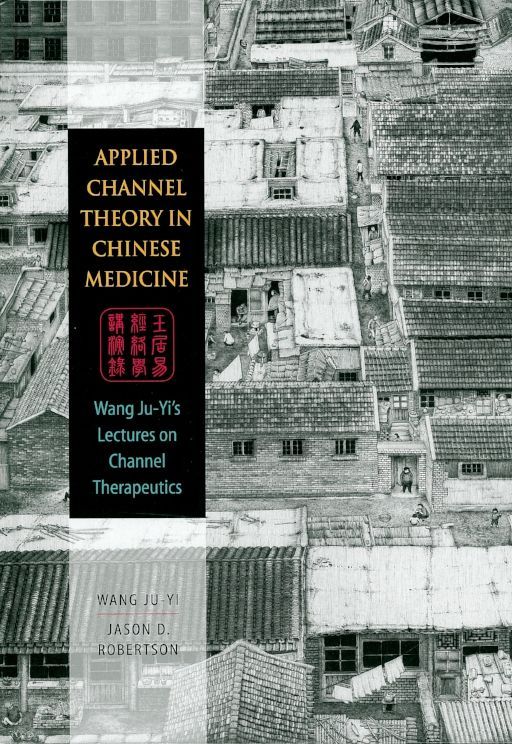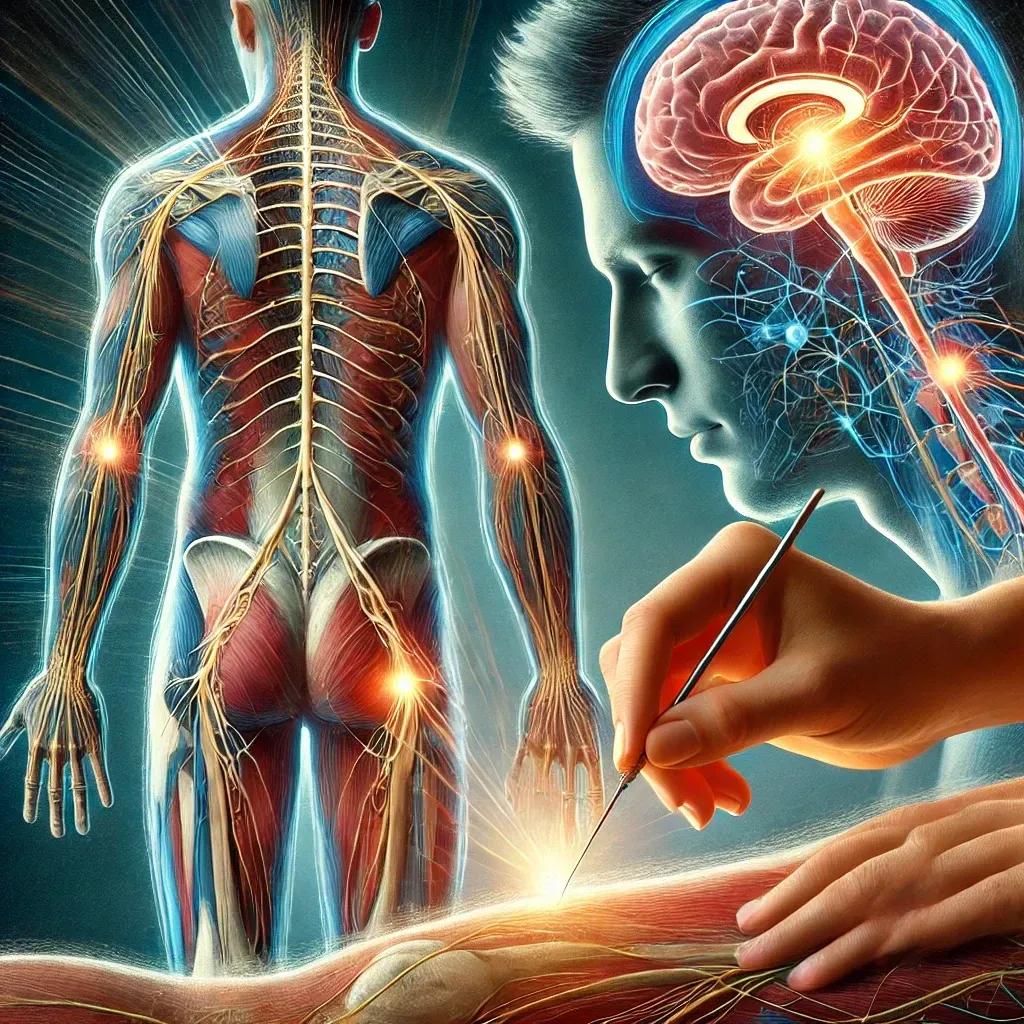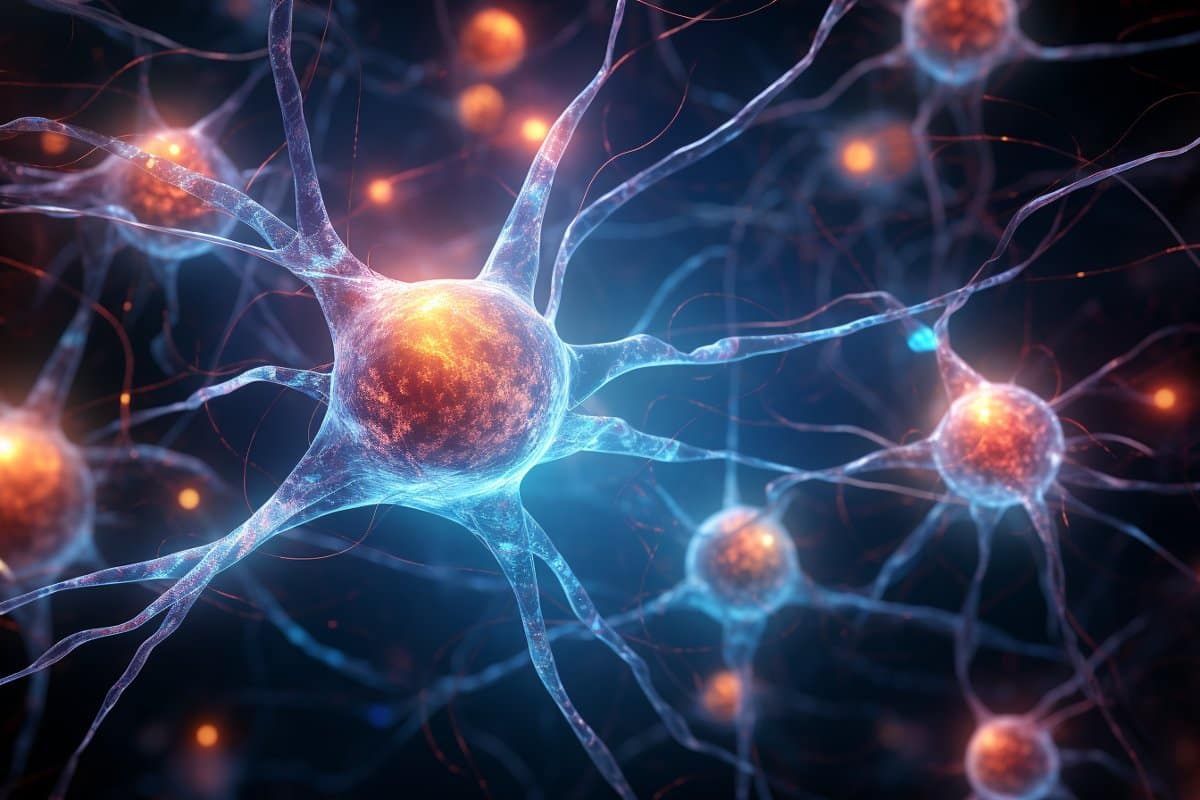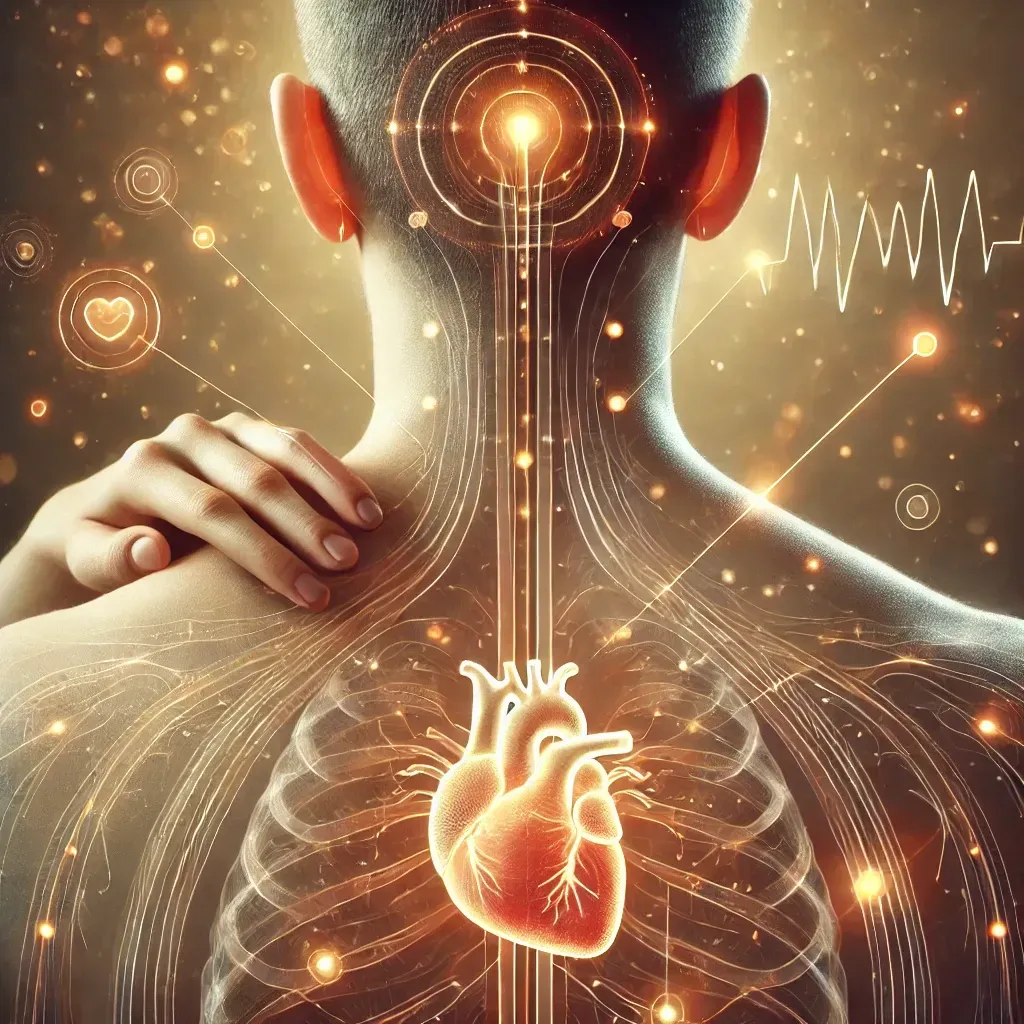How Many Sessions of Acupuncture Are Needed for Low Back Pain Relief?
Diving into the world of acupuncture for low back pain relief can feel like stepping into a vast ocean of possibilities. How deep do you need to go to find your oasis of comfort? Let's explore.
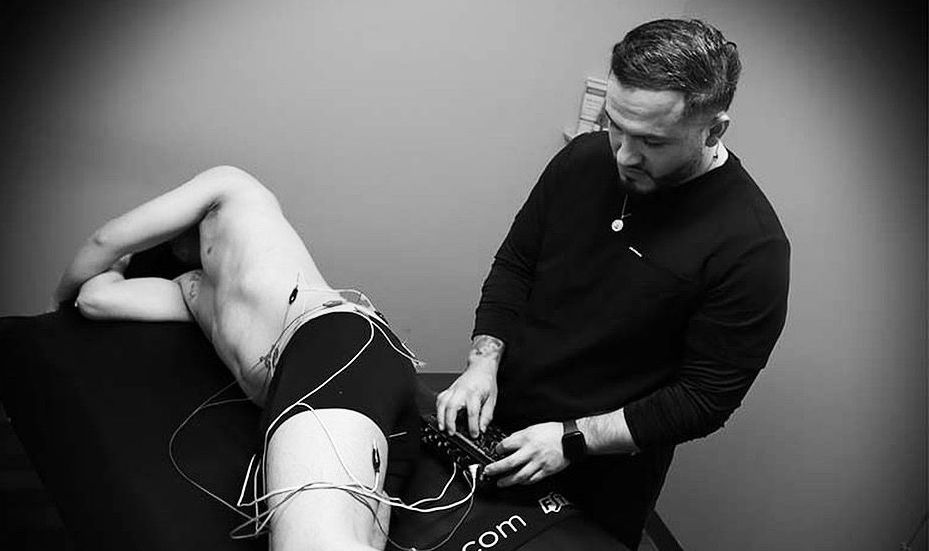
Understanding Acupuncture for Low Back Pain
Acupuncture, an ancient Chinese medicine practice, involves inserting thin needles into specific points on the body. It's based on the belief that this can restore the flow of Qi (energy) and bring balance back to the body. Low back pain, a common ailment, is often treated with acupuncture, aiming to reduce pain and improve functionality.
While some skeptics question acupuncture, numerous studies have backed its effectiveness, especially for low back pain. It's a holistic approach that aims to relieve symptoms and addresses the root cause of pain.
My take on this issue is that I use Dry Needling, or Motor point needling, a muscle stimulation technique that allows tissue to relax. It's all semantics; it's all the same thing.
Initial Consultation and Assessment
Your acupuncture journey begins with an initial consultation. During this session, a practitioner will assess your overall health, pain severity, and medical history. This holistic view allows them to design a personalized treatment plan targeting your needs.
It's essential to be open and honest during this assessment. The effectiveness of acupuncture can greatly depend on the accuracy of the information provided to your practitioner.
Typical Acupuncture Treatment Plan for Low Back Pain
A standard treatment plan for low back pain usually encompasses sessions ranging from once a week to multiple times a week, depending on the severity of symptoms and the individual's response to treatment.
Most individuals start noticing improvements within five to ten sessions, though some may require more or less. Acupuncture's effects are often cumulative, building on each session's success.
Factors Influencing the Number of Sessions Required
Several factors can influence how many acupuncture sessions you'll need for low back pain relief. These include the duration and severity of your pain, your lifestyle, and how your body responds to treatment. Chronic conditions typically require more sessions than acute pain.
Additionally, personal health goals and how quickly your body responds to acupuncture can also play a significant role in determining the number of sessions needed.
What to Expect During an Acupuncture Session
Acupuncture sessions generally last about an hour. Most of this time is spent lying down while the needles work their magic. The insertion of needles is usually painless, with many reporting a sensation of release or warmth.
Afterwards, patients often describe a sense of relaxation and well-being, similar to the afterglow of a gentle workout or a deep meditation session.
Adjunct Therapies to Enhance Acupuncture Effects
To boost the effectiveness of acupuncture for low back pain, practitioners may recommend adjunct therapies such as herbal medicine, massage, or cupping. These complementary treatments can enhance the healing process.
Incorporating lifestyle changes such as exercises, stretching, and dietary adjustments can also play a crucial role in maximizing the benefits of acupuncture and ensuring lasting relief from low back pain.
Monitoring Progress and Adjusting Treatment
Monitoring your progress is an essential part of the treatment process. Your practitioner will adjust the treatment plan based on your response to acupuncture, ensuring the most effective and personalized care.
Staying in tune with your body and communicating any changes or improvements with your practitioner will help optimize your treatment plan for low back pain relief.
Finding Your Oasis
Navigating the journey of acupuncture for low back pain relief is a deeply personal quest. Each session builds upon the last, like waves rolling towards the shore, bringing you closer to a sea of tranquility within your own body. Remember, the key to unlocking the full potential of acupuncture lies not just in the number of sessions, but in the harmony it creates within you.
